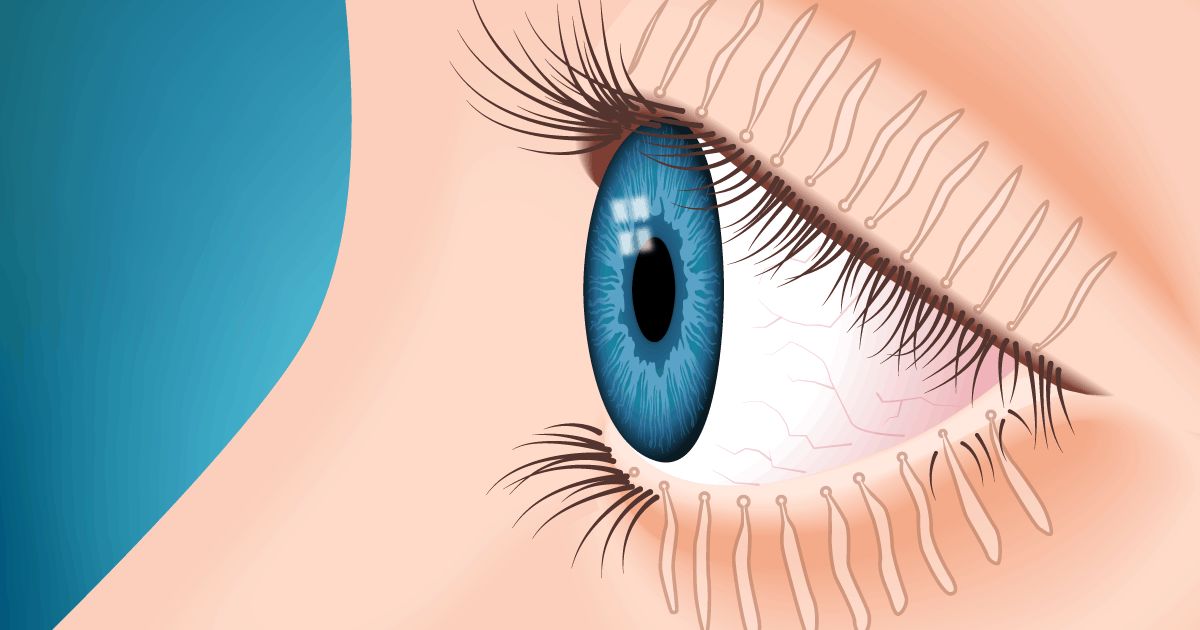
Dry Eye Causes and Treatment
Dry eye is a condition that can cause eyes to feel gritty, sticky or scratchy, but there are ways to relieve these symptoms.
In most cases, chronic dry eye is caused by decreased tear production. Aging is one of the most common causes of decreased tear production, and dry eye symptoms are a regular side effect of hormonal shifts during menopause. Additionally, dry eye is the number one complication after laser eye surgery and cataract, and certain cosmetics can exacerbate these symptoms.

Meibomian glands line the upper and lower eyelids.
Now for a quick biology lesson: the edges of our eyelids are lined with tiny glands, called Meibomian, that secrete oil onto the surface of our eyes. This oil helps keep eyes hydrated by preventing tears from evaporating too quickly.
Sometimes, the bacteria that naturally grows on our eyelids can build up and clog the Meibomian glands. This limits the production of oil and causes tears to evaporate faster, leaving eyes feeling dry and itchy.
Maintaining lid hygiene can often eliminate dry eye symptoms.
— Dr. Tim Nelson, OD
Dr. Tim recommends running a washcloth under hot water, then holding the steamy cloth over the closed eyelids for a few seconds, and repeating it several times with a hot cloth. Then, gently cleanse the eyelids with hypoallergenic baby shampoo – which doesn’t sting if it gets into the eyes – or an over-the-counter antimicrobial lid and lash cleanser like Avenova.
Doing this routine 2-3 times a week can help improve overall lid hygiene and relieve dry eye symptoms.
Rewetting drops, like Systane, Rohto Dry Aid and Soothe, can also help ease symptoms. These products include an oily layer that helps them stay in the eye longer than regular drops.
Finally, if your dry eye symptoms continue, make an appointment for an eye exam with one of our top notch optometrists to make sure they’re not a sign of a more serious eye condition.
Illustration credit: All About Vision


